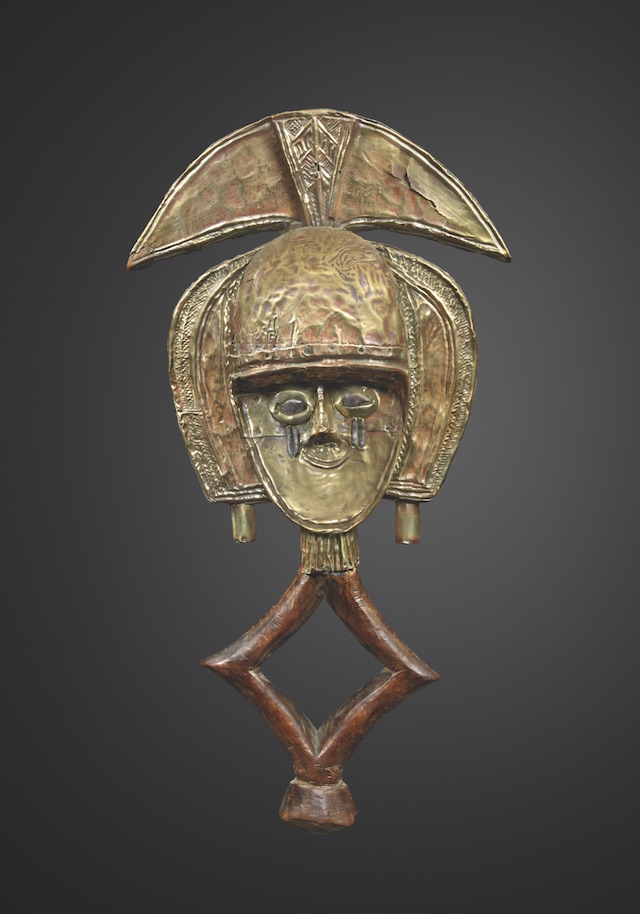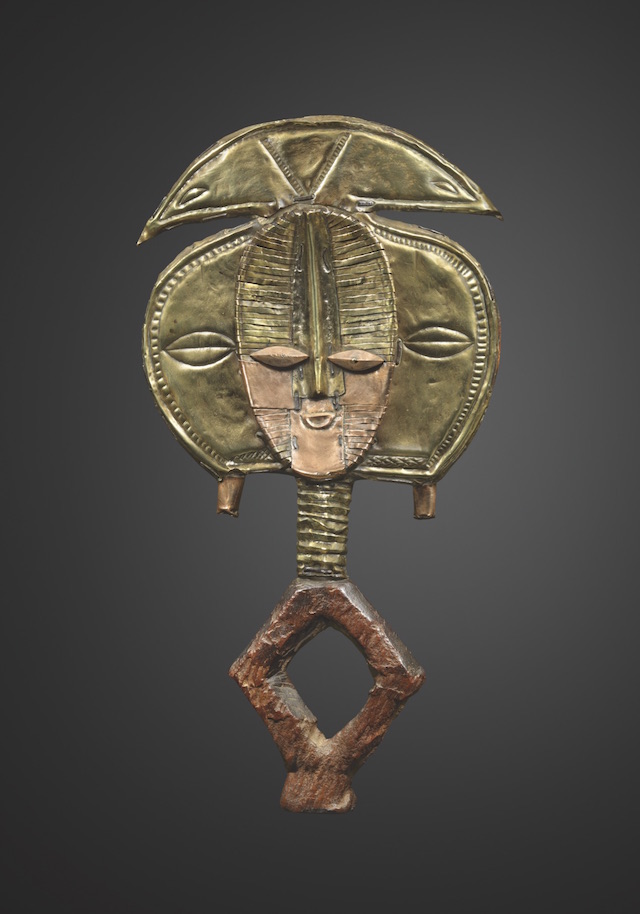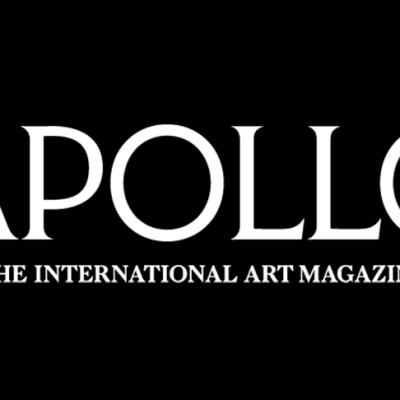The carving up of Africa from 1876 until 1912, between Germany, France, Britain, Belgium, Portugal, Italy and Spain, brought all manner of curiosities back to Europe in the baggage of soldiers and merchants. The Musée d’Ethnographie du Trocadéro had opened in Paris in 1882, but it was a small group of avant-garde artists in the first decade of the 20th century who awoke to the aesthetic quality of these artefacts. Maurice de Vlaminck, Henri Matisse, and André Derain bought a handful of objects that have become iconic, both in terms of the history of modernism and the Western reception of African tribal art. Picasso saw Matisse’s Congolese figure at the home of Gertrude Stein and was inspired to visit the Trocadéro, producing, in response, the revolutionary painting Les Demoiselles d’Avignon in 1907. Cubism was born.
The African tribal art market encompasses objects from all over sub-Saharan Africa, with European collectors seeking out especially works from their country’s former colonies. But it is consistently works from the Gabon and the different tribal groups that inhabit the vast Congo region, alongside works from Ivory Coast, that command the highest prices. The surge of prices witnessed over the last 15 years has not changed this focus. Indeed what is distinctive about the market today is its ever narrower homing in on a small number of well-documented examples at the very top of the chain of value and renown.
Male statue, the Warua Master, Luba, Democratic Republic of Congo. Sotheby’s New York

The highest price at auction for an African tribal piece is $12m, paid in 2014 for the Senufo female statue from Ivory Coast by the so-called Master of Sikasso. But the second highest is the £6.1m paid last July for the beautifully designed and carved Luba female figure for a bowstand, from what is now the Democratic Republic of Congo. It is one of just nine works ascribed to the Warua Master, who made works for Luba royalty and was identified as long ago as 1904 by the pioneering German ethnographer, Leo Frobenius. Other outstanding prices include the Luba male statue, also by the Warua Master, which sold in May last year for $3.6m; the Gabonese Fang mask from the Pierre Vérité collection, which achieved €5.9m – a record at the time – in Paris in 2006; the Luba female caryatid stool by the legendary Master of the Buli, sold in 2010 for €5.4m; and the Kongo-Yombe maternity figure by the Master of Kasadi, Democratic Republic of the Congo, which sold in May for $3.3m. Fred Backlar of Bonhams comments: ‘From the early 20th century on, works from the Fang and Kota in Gabon and works from the Luba, Lega and Yombe cultures in the Democratic Republic of Congo have typically been most sought after by most collectors of African art.’
Susan Kloman, head of African and Oceanic art at Christie’s, points out that this canon of value was established long ago by Paul Guillaume, the influential Parisian dealer and collector. ‘In particular he valued Fang statuary, the “Pahouin” aesthetic, which became the language of African art.’ Guillaume’s love for the deep brown, wooden sculpture with its strong, curvilinear, plastic qualities spread to America: he was the major lender to a pioneering 1914 exhibition at Alfred Stieglitz’s gallery 291, and advised the collector Dr Albert Barnes. As Kloman comments: ‘He extolled the virtues of the best of what was available to them.’ She adds that despite the huge expansion in the market, with works still being discovered by Westerners up until the 1970s, and the tremendous growth in scholarship, ‘these pieces have stood the test of time. They hold their own in a classical sense.’
Reliquary figure, late 19th century, Obamba, Gabon. Laurent Dodier

Christie’s New York’s recent sale in May, entitled Evolution of Form: African & Oceanic Art at the Genesis of Modernism, included three works from Ivory Coast, one Fang reliquary figure from Gabon, and a Kalebwe (a Songye group) power figure from the Democratic Republic of Congo. Kloman reports: ‘Seven of 11 lots sold for $5m – and every buyer was a crossover buyer, with two new to us.’ At the time of writing, Bruno Claessens at Christie’s Paris is hoping to entice a similarly enthusiastic new audience to his June sale of the Jacqueline Loudmer collection of African, Oceanic and modern Art, which includes a competitively estimated Kota reliquary (€30,000–€50,000), a type notable for its geometric design and copper cladding. Two 19th-century examples, priced €100,000 and €130,000, will be offered by the French dealer Laurent Dodier at September’s Parcours des Mondes in Paris, the leading fair for tribal art.
Reliquary figure, late 19th century, Obamba, Gabon. Laurent Dodier

Jean Fritts, Sotheby’s worldwide head of African and Oceanic Art, observes: ‘There are always new people coming into the market. Buyers in Greece, a couple from Hong Kong, Singapore.’ She notes that these new buyers do not collect by category, but ‘want something outstanding’. Rather than buying in depth, they are concerned with ‘how things work together in their home’. A key guarantee of quality is provenance, which accounts for the many successful single-collection sales over the last few years, as the pioneering collectors of the 1960s and ’70s sell on. Besides the mastery of proportions and balance, ‘provenance is increasingly an integral part of the value of an artwork,’ Backlar says. The market is restricted to works that have been in the Western market since before 1970, with a premium on works which left Africa before the end of the 19th century. Christian Elwes from Entwistle in London, where the market lags behind Paris and New York, comments that ‘pre-contact examples are widely believed to be the most genuine’. The dealership is hoping to bring to Parcours des Mondes ‘an extremely rare and important helmet mask from the Kota peoples of Gabon’. Brussels-based dealer Patrick Mestdagh, who deals in ethnographic weapons (from €1,500), says: ‘As soon as Europeans arrive, there is manufacture for the tourist trade.’ Bernard de Grunne, another leading dealer in Brussels, comments: ‘As these art styles are like dead languages and not spoken any more, the supply is short and there are always more buyers than great works of art.’
Helmet mast (emboli or m’boli), c. 1880, Kota, Gabon. Entwistle

For the veteran Belgian dealer Pierre Dartevelle, this has the depressing consequence that ‘all the objects are known. Collectors are no longer driven by a spirit of discovery.’ However, there has been a change of emphasis. Rather than placing the value of African tribal art in its relation to modernism, increasingly there is an interest in understanding the history and meaning of these objects from an African perspective. The opening of the Musée du quai Branly in 2006 was one impetus. More recently, two exhibitions at the Metropolitan Museum of Art, New York, have reinforced this perspective (‘Heroic Africans: Legendary Leaders, Iconic Sculptures’ in 2011 and last year’s outstanding ‘Kongo: Power and Majesty’). Young New York dealer Cole Harrell particularly admires the ferocious Nkisi power figures, studded with nails, from the Kongo cultures. ‘They were witchcraft. They were how these societies responded to colonialism, to trauma.’ His words echo Picasso’s, who remarked of tribal works: ‘They were magic things…They were against everything – against unknown threatening spirits… I understood; I too am against everything; I understood why I was a painter.’
From the July/August issue of Apollo: preview and subscribe here.



